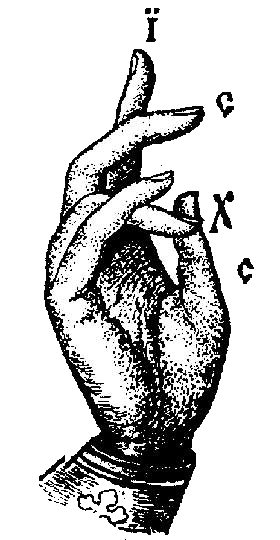| DEUTSCH | ENGLISH | |
 | |
| INTRODUCTION | |
| EDITION NO. 1 | |
| EDITION NO. 2 | |
| EDITION NO. 3 | |
| BOOK OF CHANGES | |
| GREGOR & MAYA | |
| THE MAKING OF | |
| BIBLIOGRAPHY | |
 | |
CONTACT PRICES LINKS LEGAL NOTICE SITE MAP | |
 |
|
| PRODUCTION Edition No. 1, No. 2 and No. 3 were printed on high quality mould-made paper in hand-offset by druckwerk, in Basle, Switzerland. Book binding as well as the mounting of the leporellos has been carried out by Susanne Groth in Berlin, Germany. CONCEPT The TIME ATLAS is a typographic project, which is concerned with the graphic representation of time. The objective is to create a portfolio of maps illustrating aspects of time in form of charts of numbers, characters and symbols. This portfolio shall offer a view into the cosmos of time. The purpose is to create a work similar to the first geographic atlas, designed in the 16th century by Mercator, a glimpse into timely dimensions. Mercator wanted to combine the creation of the world, the desription of the heavens, maps of all the lands and oceans of the planet with the political history of the world, in one book. A cartography of space, a coordinate system of the cosmos. The TIME ATLAS has the world-time as central focus. It adresses the "inner space", the "inner voice". Like a mandala it creates a seperate space in time, a mental and meditative space. IDEA In the year 2003 a friend of mine gave me a book with the great title "Time is Art", which inspired me to look at time more closely. The content of the book is of esoteric matter based on the teachings of José Argüelles. It is stated that by way of a personal calendar-reform, based on the knowledge of the old Maya, it would be possible to relieve stress for example. So I began researching the history of the Maya to find out what in the book "Time is Art" is made up and what is "scientificly" proven. In my studies I focused on the calendar techniques the Maya invented, supposedly the most accurate of all old civilizaions. Every single day, every year, even the digits and numbers themselfes correspond to specific energies and are attributed to specific "gods". According to C.G. Jung und M. L. von Franz, they are archetypical personifications of time similar to the orphic god Aion. He represents the infinity of time as a creative principal. A further example is the gnostic demon Jaldabaôth, depicted as sort of a snake with the head of a lion, who correlates to the parrot-seven of the Popol Vuh, a demiurg, who created a flawed, an ephemeral, timely world. While studiying different cultures and calendars I discoverd a common human need to define our origins in time, what time is made from and to sort moments and to assign meaning. Now, my idea was to create a calendar of all cultures starting with the "big bang" until the end of time. A calendar that visualises the rythms and dimensions of time and maybe offer a glimpse into the future. That was the beginning of the TIME ATLAS, a calendar project comparing the the different calendars, including the cycles of time of the old Maya and the widespread Gregorian calender-count. The TIME ATLAS is a work in progress, a cartography of time, a coordinate system of magical symbols. The way you open a world atlas and start to imagine foreign countries and undiscoverd places, this work wants to inspire the imagination of the source of time, "a time without time in an impossible world". |
|